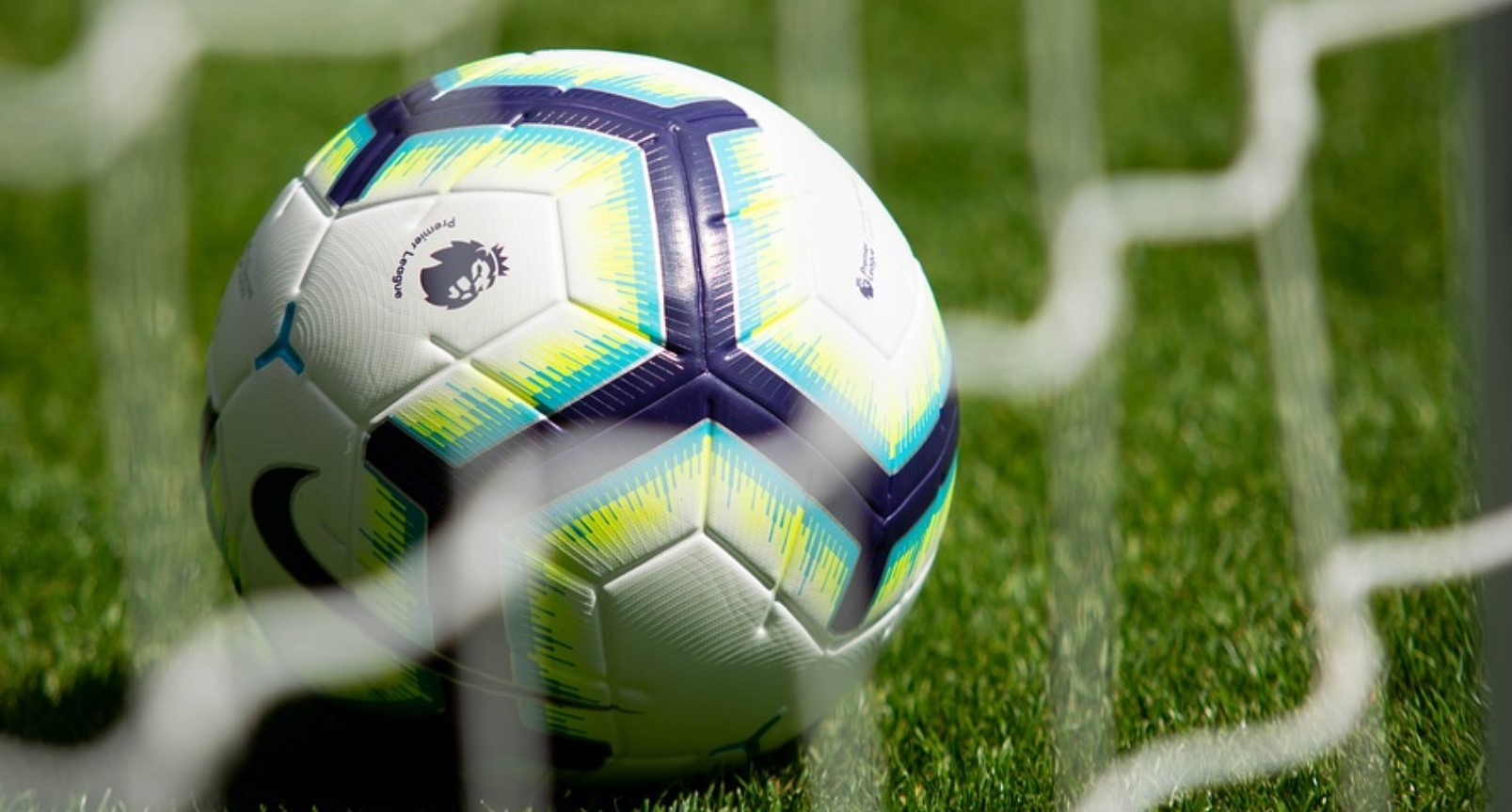RESEARCH ANSWERS THE GOALKEEPER’S WALL CONUNDRUM IN FREE KICKS 
A longer version of this story also appeared in The Conversation on 26 December 2020.
31 December 2020
Goalies beaten by free kicks in football matches over the festive and New Year period this year might try using newly published scientific research from Queen’s to fend off criticism of their talent.
The new evidence, published in scientific journal PLOS ONE, shows that stopping a free kick in football is harder if the goalie’s initial view of it is blocked by a defensive wall.
Dr Joost Dessing and Theofilos Valkanidis from the School of Psychology at Queen’s led a research project to create a goalkeeping simulator using virtual reality that allows comparing performance for identical free kicks with and without a defensive wall being present.

When faced with a free kick within less than 30 metres from the goal, it is common for the defensive team to place a wall of players between the ball and goal, in a bid to block the ball. Using the simulator, the researchers were able to examine how goalkeepers attempted to stop a free kick, both with and without a defensive wall being present.
Dr Dessing, who took up the post of Lecturer in the School of Psychology at Queen’s in 2012, explained:
“While the defensive wall strategy is effective in some cases, the wall frequently obstructs the goalkeeper’s initial view of the moving ball. Although the negative effects of this obstruction have been assumed by experts, they have not been scientifically quantified until now.
“Our study showed that when the view of the ball is initially obstructed, goalkeepers wait longer before starting to move, which leaves less time to get in between the ball and the goal.
“Critically, this meant they did not get as close to the ball and that they were thus less likely to make a save.”
Dr Dessing adds: “We would not suggest that goalkeepers should never use a wall, but they should consider whether the benefit of blocking some free kicks outweighs the negative effects of not seeing the ball initially.
“This can be different for each free kick, depending on its location and the expertise of the player taking it, as well as how much the goalkeeper benefits from seeing the entire ball trajectory.
“Our research suggests that when free kicks are fast and thus leave the goalkeeper little time, the defensive wall can have the most negative effect. This is particularly relevant when the goalkeeper faces an expert who can consistently shoot hard free kicks that hardly ever hit the wall – in such cases, the negative effects likely outweigh the benefits of the wall.
“Free kicks are, and will remain, a game of cat and mouse between the goalkeeper and the player taking it. Our study should motivate goalkeepers to maximize their view of the ball and the player, while it should motivate the attacking team to cause visual obstruction.”
Michael Dougherty, a former professional goalkeeper who played for teams in Northern Ireland including Glentoran and Crusaders, said:
“This research will be of huge interest to the world of football. Having previously experienced goalkeeping simulators, I’m convinced findings like these do translate to the field.”
“It confirms what I and many fellow goalkeepers have assumed and clearly motivates goalkeepers to more carefully consider wall placement in free kick scenarios.”
Across a four-month period, three experiments were conducted, involving 10 expert goalkeepers and 45 novice goalkeepers in total, all completing a 90-minute session.
This project was funded by the European Union’s Horizon 2020 research and innovation programme under the Marie Skłodowska-Curie grant agreement No. 754507.
Other researchers who worked on the Queen’s project included Professor Cathy Craig and Dr Alan Cummins.
For media enquiries, please contact Queen’s Communications Office.
Back to Main News
Top of Page